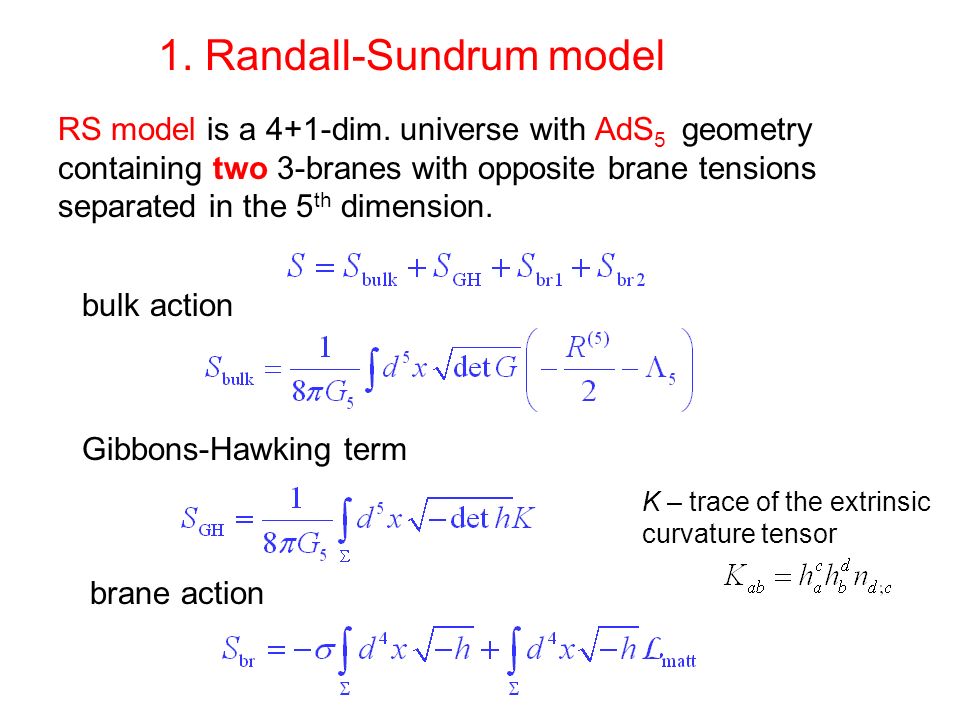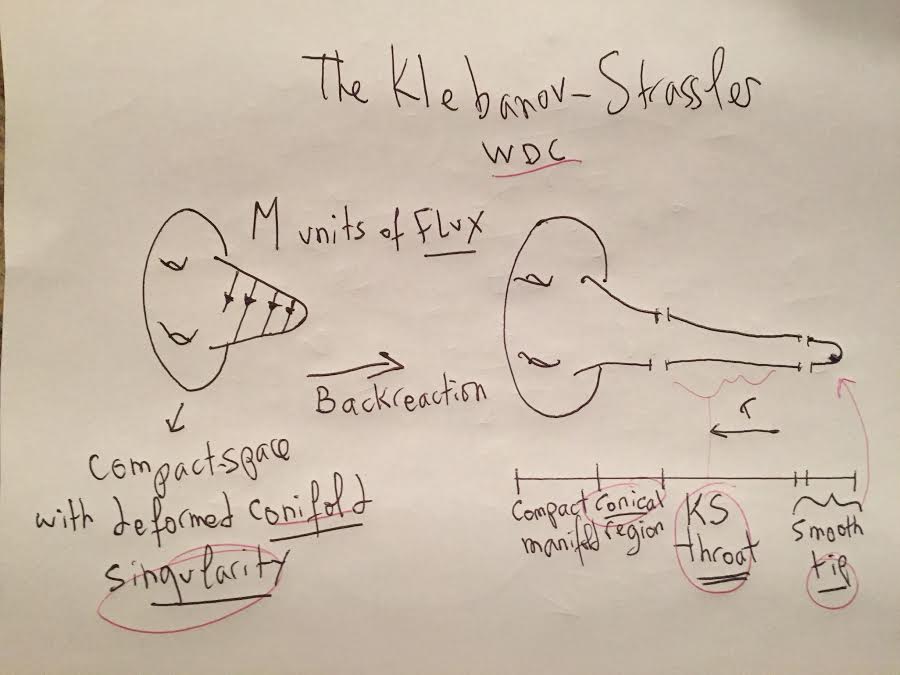In my last few posts, I showed that the AdS/CFT dual of supergravity on the Klebanov-Strassler warped conifold background is a 4-D N = 1 superconformal gauge theory and the internal compactification-topology and flux-quanta have backgrounds essentially containing KS warped throats: let me relate the KS-throat to Randall-Sundrum geometry
I concluded my last post by inserting the ![]() -metric
-metric

into the Klebanov-Tseytlin relation

and after differentiating, I derived

which, given the quantization condition
![]()
implies that the scaling ![]() for the non-vanishing components of
for the non-vanishing components of ![]() yields
yields
![]()
and that will allow us to connect the Klebanov-Strassler throat with the Randall-Sundrum model. Visually, we had …
Now, for a warped conifold throat with geometry ![]() , the curvature radius
, the curvature radius ![]() of
of ![]() measures the size of
measures the size of ![]() and is constant along the radial direction. The geometry of the KS-warped deformed conifold is also diffeomorphic to
and is constant along the radial direction. The geometry of the KS-warped deformed conifold is also diffeomorphic to ![]() and as I demonstrated, there is an effective curvature radius
and as I demonstrated, there is an effective curvature radius ![]() which varies slowly with
which varies slowly with ![]() .
.
Hence, given the Klebanov-Tseytlin relation above, the correspondence between the Klebanov-Strassler throat and the Randall-Sundrum model can be visualized as …
Working in a 5-D Einstein frame with canonically normalized 5-D scalar field ![]() , where the negative 5-D cosmological constant of
, where the negative 5-D cosmological constant of ![]() must be replaced by a vacuum energy density
must be replaced by a vacuum energy density ![]() , we have
, we have
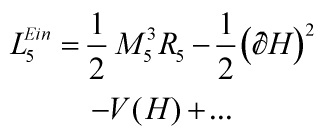
and the backreaction modifies the ![]() geometry so as to reproduce our familiar-by-now metric
geometry so as to reproduce our familiar-by-now metric

A dimensional reduction of a theory with the metric above to 5-D gives rise to an ![]() -dependent coefficient of the 5-D Ricci scalar
-dependent coefficient of the 5-D Ricci scalar
![]()
and a model with the above Lagrangian ![]() arises necessarily after a Weyl rescaling by a Tseytlin function of a radially varying scalar field. Now, working with the
arises necessarily after a Weyl rescaling by a Tseytlin function of a radially varying scalar field. Now, working with the ![]() -dependent infinitesimal distance in units of
-dependent infinitesimal distance in units of ![]() and imposing
and imposing

with

Fixing the constant of integration by choosing ![]() in terms of flux-quanta as
in terms of flux-quanta as

One can write the 5-D metric as

where the warp factor, following from

and

and

together with the Weyl rescaling used to get the 5-D Einstein frame, and in light of the Klebanov-Strassler 4-D Lagrangian

reads as
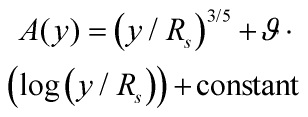
- We are half-way towards deriving our RS-action
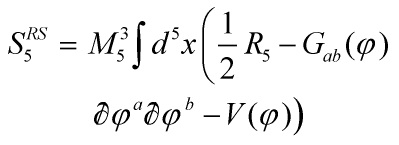
Now, writing the warp factor as
![]()
Let us now use the equation of motion of a scalar field with potential ![]() in a warped background
in a warped background
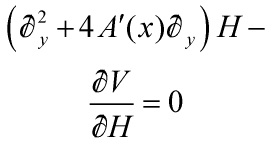
and one can neglect the second-derivative term if the length scale for the variation of ![]() is larger than the curvature radius
is larger than the curvature radius ![]() . We thus get
. We thus get
![]()
From the trace of the Einstein equations for a ‘slowly’ varying scalar field, one obtains a relation between the scalar curvature and the potential energy density
![]()
and in light of the 5-D metric and warp factor above, becomes
![]()
Now using the chain rule
![]()
we get for ![]()
![]()
yielding
![Rendered by QuickLaTeX.com \[\left\{ {\begin{array}{*{20}{c}}{\left| {\not \partial _y^2H} \right| \ll \left| {A'(y){{\not \partial }_y}H} \right|}\\{{{\left( {{{\not \partial }_y}H} \right)}^2} \ll \left| V \right|}\end{array}} \right.\]](https://www.georgeshiber.com/wp-content/ql-cache/quicklatex.com-004cd126f27402c6d558d9f146da59c5_l3.png)
and the desired functional dependence of ![]() on
on ![]()
![]()
Thus, 5-D gravity coupled to a scalar field H with the potential  reproduces the effective 5-D geometry of the throat
reproduces the effective 5-D geometry of the throat
To get the complete compactification, we need to add tensed IR and UV branes with boundary conditions for ![]() to our 5-D model. The explicit relations are
to our 5-D model. The explicit relations are
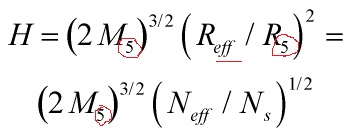
with
![]()
therefore the boundary condition ![]() reproduces the IR end corresponding to a Klebanov-Strassler region with
reproduces the IR end corresponding to a Klebanov-Strassler region with ![]() units of
units of ![]() flux,
flux,
and so we have presented a 5-D model, containing gravity with a minimally coupled scalar field, which, upon compactification on an interval with boundary conditions
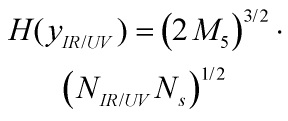
which provides the 5-D description of the KS throat
visually…
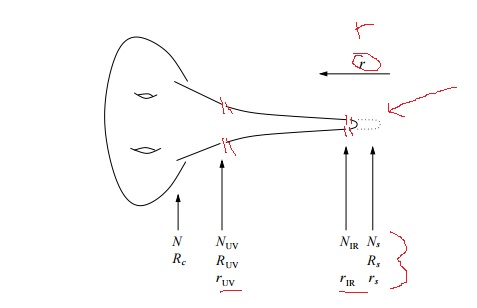
The corresponding nonlinear sigma model can be truncated to a version that involves only four scalars and characterizes the Klebanov-Strassler solution. Letting the fields be denoted by ![]() , then
, then ![]() measures the
measures the ![]() volume and
volume and ![]() the ratio of scales between the 2-cycle and the 3-cycle;
the ratio of scales between the 2-cycle and the 3-cycle; ![]() the dilaton, and
the dilaton, and ![]() measures the
measures the ![]() potential. Then the 5-D action is
potential. Then the 5-D action is
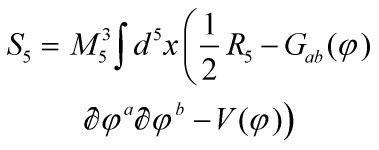
and ![]() collectively denoting the dimensionless scalars
collectively denoting the dimensionless scalars ![]() , and
, and
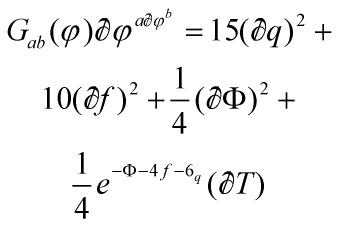
…
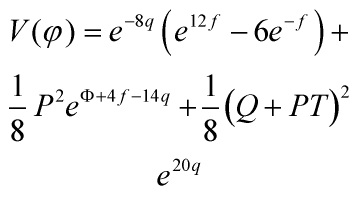
![]() and
and ![]() are constants, with
are constants, with ![]() proportional to the number of 3-form flux quanta
proportional to the number of 3-form flux quanta ![]() , and with a warped ansatz as in
, and with a warped ansatz as in
![]()
for the 5-D metric, a solution to the equations of motion is given by the Klebanov-Strassler background
![]()
and explicitly, at large ![]() ,
,
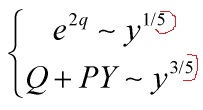
Thus, in terms of the physical quantities we have been using,  and
and  and the leading contribution to the vacuum energy density, whose back-reaction determines the warp factor, is given by the first and last terms of the potential in …
and the leading contribution to the vacuum energy density, whose back-reaction determines the warp factor, is given by the first and last terms of the potential in …
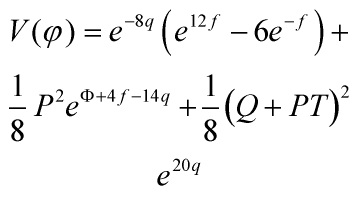
…evaluated on the solution
U-Kähler modulus analysis is next.
